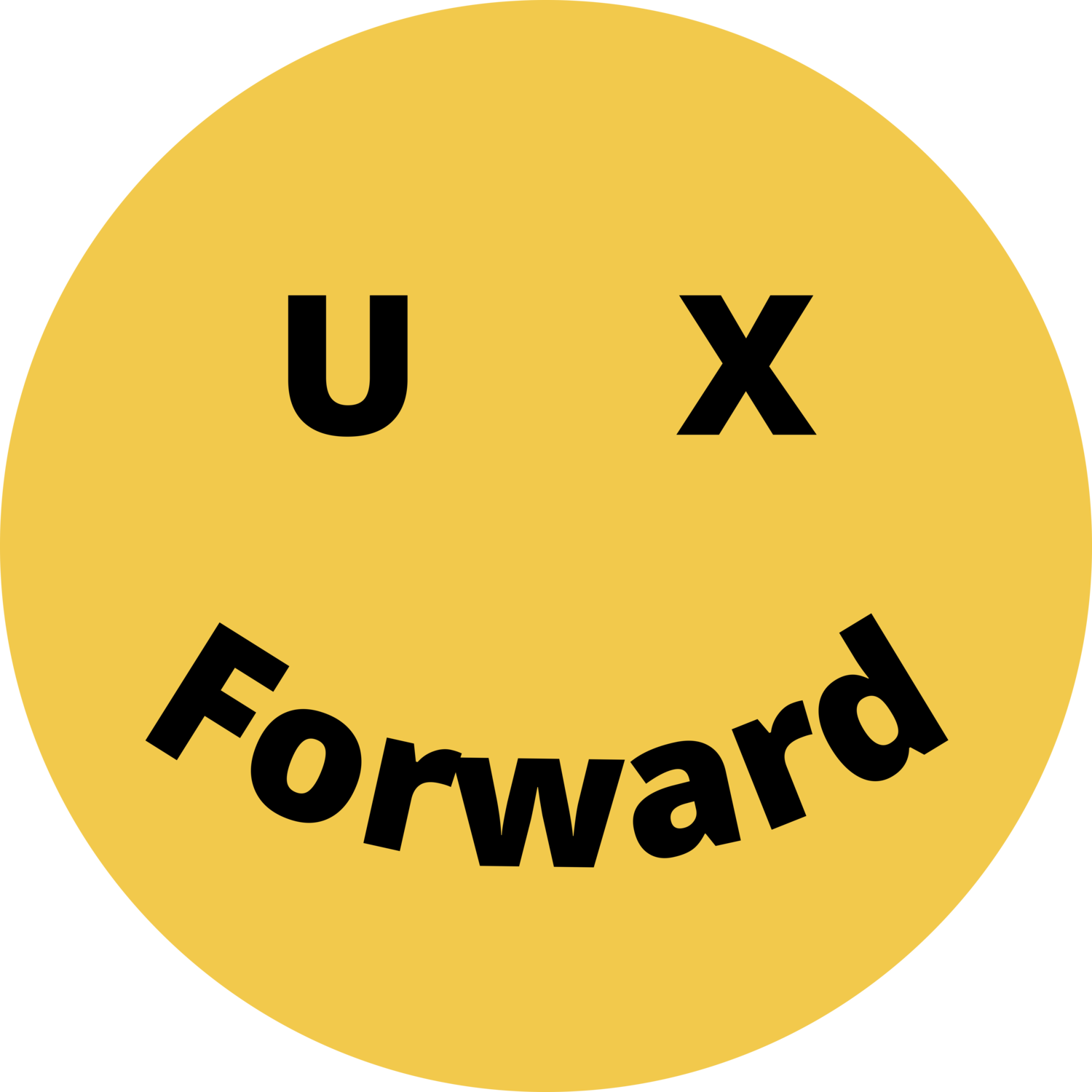Boosting Conversions with UX Design
UX design plays a pivotal role in improving conversion rates. A well-designed user experience ensures that users can easily find what they need, understand the value of a product or service, and complete desired actions with minimal effort. This results in higher conversion rates, increased customer satisfaction, and ultimately, greater revenue. 💰✨
Reducing Friction to Enhance Usability
One of the primary ways UX design boosts conversions is by reducing friction. Friction refers to any obstacles that hinder users from completing their desired actions. This can include:
Confusing Navigation: Clear, intuitive navigation helps users find what they’re looking for without frustration. 🧭
Unclear Calls to Action (CTAs): Effective CTAs are prominently displayed, action-oriented, and easy to understand. 🎯
Slow Load Times: Optimizing site performance ensures that users aren’t discouraged by delays. ⏳
By addressing these barriers, UX designers create smoother user journeys that encourage conversions.
Designing for Delight and Connection
Beyond usability, an enjoyable and engaging design can significantly impact conversions. When a design is:
Enjoyable to Use: A seamless, aesthetically pleasing interface makes users more likely to stay and interact. 😍
User-Centric: Designs that anticipate and fulfill users' needs create a sense of trust and reliability. 🤝
Emotionally Engaging: Positive emotional connections, driven by thoughtful design, foster loyalty and increase the likelihood of repeat interactions. 💡❤️
Building Trust Through Consistency
Consistency in UX design helps establish trust, which is a critical factor in driving conversions. When users encounter a predictable and cohesive experience across all touchpoints, they feel more confident in the product or service. This can be achieved by:
Uniform Visual Design: Maintaining consistent colors, typography, and layout creates a professional and trustworthy appearance. 🎨
Predictable Interactions: Ensuring buttons, menus, and other interactive elements behave consistently reduces confusion. 🔁
Reliable Content: Providing accurate, up-to-date information builds credibility and encourages users to take action. 📰✅
By prioritizing consistency, businesses can create a sense of reliability that fosters user trust and increases conversions.
The Bottom Line
Investing in UX design isn’t just about aesthetics—it’s about creating experiences that meet user needs and drive business goals. By reducing friction and designing for delight, businesses can boost conversions, enhance user satisfaction, and see measurable results. 🚀📈
Fun Quiz!
Want to see how much you know about boosting conversions with UX design? Take this quick quiz:
What does "reducing friction" mean in the context of UX design?
A) Adding more design elements to impress users
B) Identifying and removing barriers to user actions
C) Slowing down load times to improve focusWhich of the following best represents consistent UX design?
A) Buttons that change style across different pages
B) Navigation menus that are easy to find and use across the site
C) Randomly placed interactive elements to surprise usersHow does an emotionally engaging design improve conversions?
A) By creating a memorable experience that builds trust and loyalty
B) By distracting users from noticing slow load times
C) By making the site feel more complicated and interestingWhy is load time optimization critical for conversions?
A) Users prefer slower websites as they spend more time on them
B) Fast load times reduce user frustration and abandonment rates
C) It increases the complexity of the website’s design
A silly joke: Why did the user stop using the poorly designed website?
Because it gave them too many "404 feelings" and not enough direction! 🚫🗺️
Remember, great UX is all about helping users find their way effortlessly. 🌟
Answers: 1: B, 2: B, 3: A, 4: B
